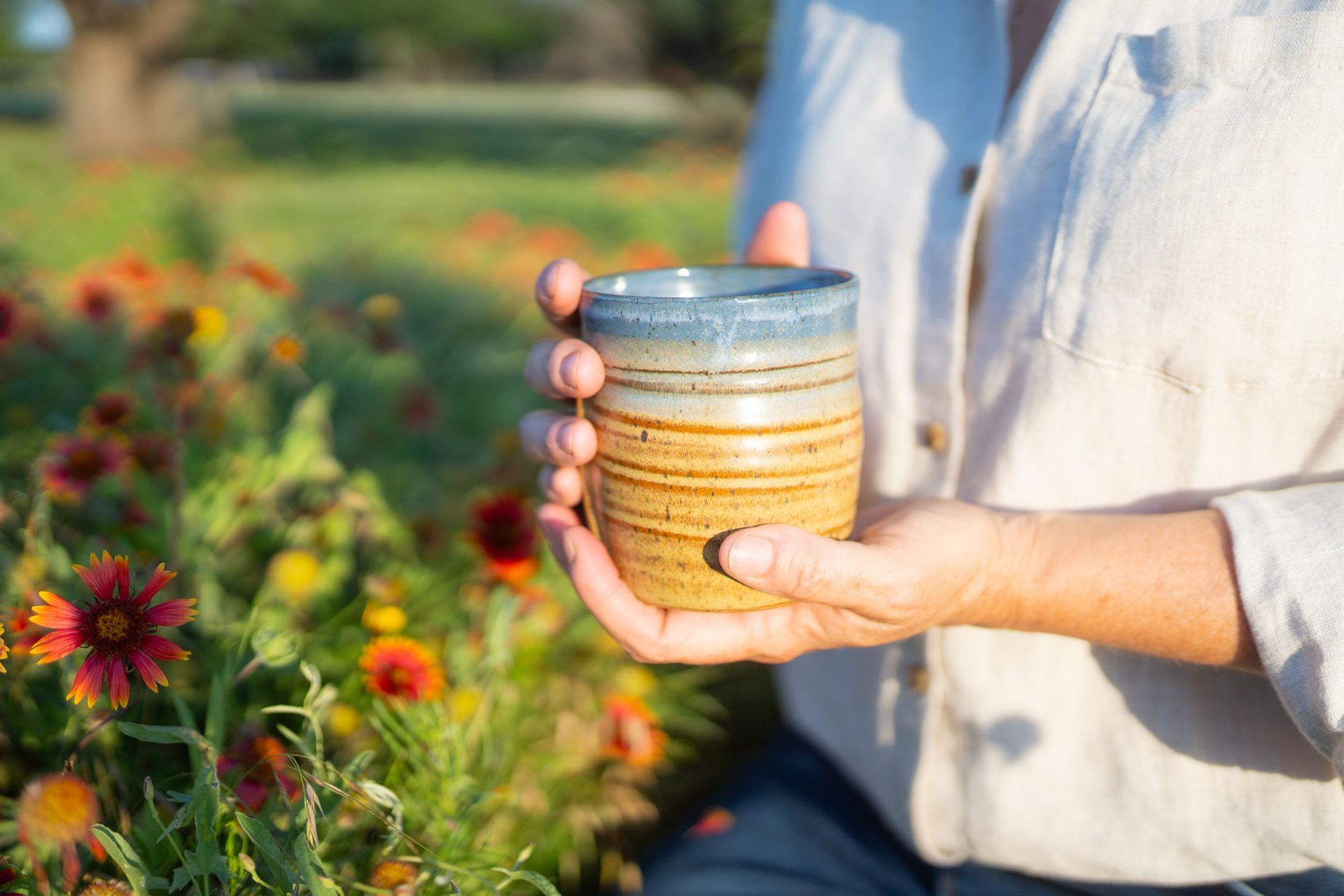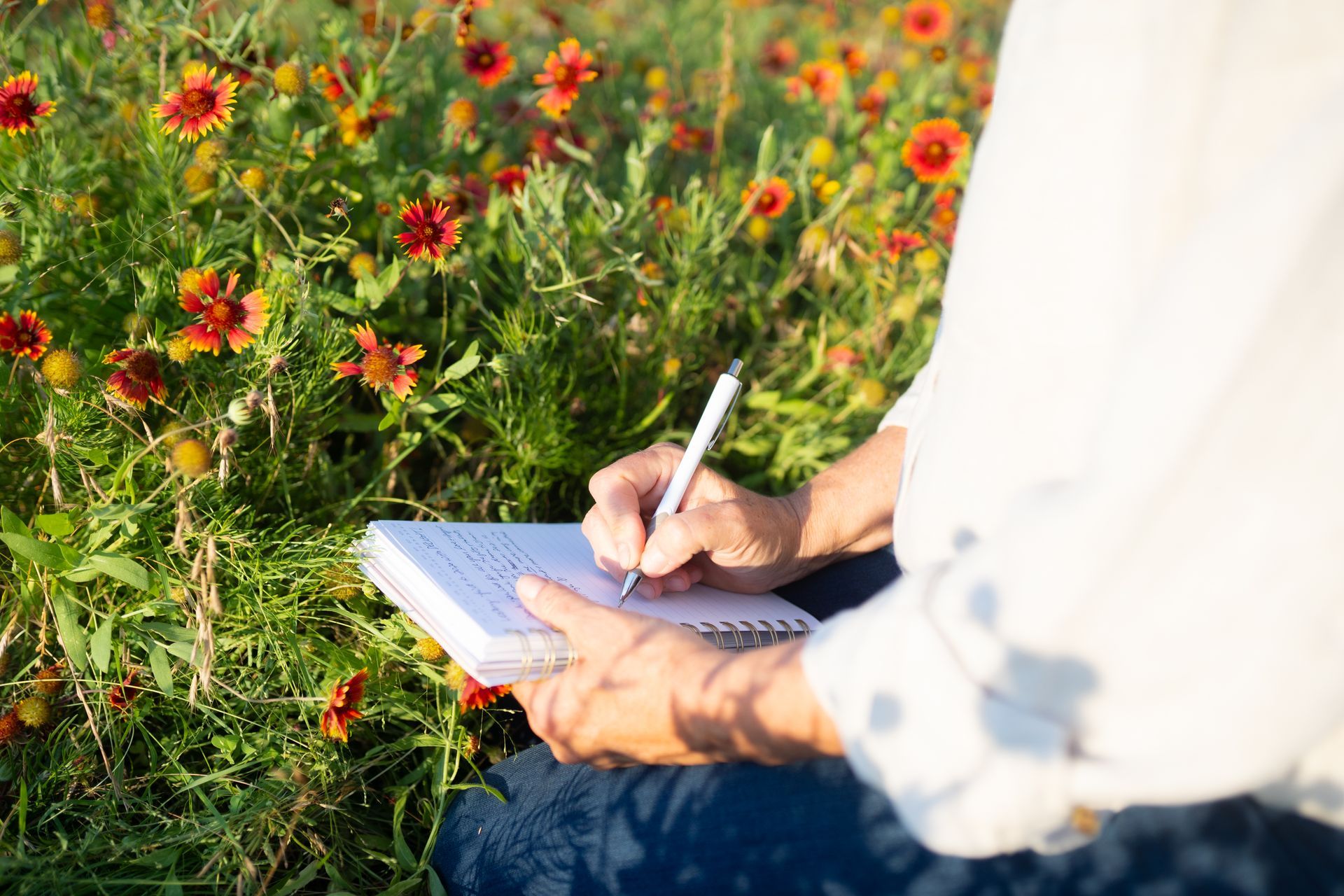
I’ve been so energized by the concept of Honoring your Capacity -and it certainly resonated with you. As a follow up I wanted to explore how perfectionism and people-pleasing affect us and how reconnecting with ourselves is the way to increase our emotional and mental capacity.
Have you ever noticed how your body feels when you’re caught in the loop of getting something “just right” or anticipating everyone else’s needs? Or before you make a decision, as you consider everyone’s response before your own? How does that feel in your body?
That tension in your shoulders, shallow breathing, racing thoughts – these aren’t just random stress responses. They’re your nervous system’s way of signaling that you’ve stepped out of your natural capacity and into a fight, flight, freeze or fawn mode.
The Origins of Our Patterns
Perfectionism and people-pleasing are two sides of the same coin. They are brilliant adaptations we developed to feel love, safety, and belonging. Whether we learned that our worth depended on achievement, or that our safety required constant attention to others’ needs, these patterns live in our body, embedded in our nervous system.
The result? Our bodies stay in a constant low level of stress, scanning for potential mistakes or disapproval. This perpetual state of readiness has exhaustive consequences on many levels.
- Our nervous system remains in survival mode, depleting our natural resilience (adrenal fatigue, anyone?)
- We lose access to our creativity and intuition
- Our ability to rest deeply becomes compromised
- We disconnect from our own needs and authentic impulses
A Return to Self
In my work with clients (and personal experience), I’ve noticed a common compelling thread. When given permission to rest and turn their attention inward, many find a place of deep peace and comfort in their bodies. “It’s so quiet and relaxing here. I don’t want to leave,” they often say, sinking into a supported, nurturing posture.
Yet almost invariably, guilt creeps in – that familiar pressure that they “should” be doing more. That pull to return to “doing” is different from an inner impulse to move. One feels like dread and obligation–which might even feel comfortably familiar; the other emerges naturally from a place of groundedness and inspiration–which might feel “selfish.”
What I’ve found is the intensity of their desire to stay in that peaceful state directly reflects how much they’ve been living “out there” – in service of perfection and others’ needs, disconnected from their own center. (Ask me how I know.)
The Path Forward
“Pushing through” or “toughening up” can backfire and leave you depleted. These approaches further dysregulate your nervous system, making sustainable success even harder to achieve. I’m not suggesting you never stretch yourself, just that it’s important to be aware of the kind of energy you’re operating from.
Try this simple practice: Next time you notice yourself striving for perfection or scanning for others’ needs, pause and notice:
- The sensations in your body
- Where your attention is focused
- The story your mind is telling about what “must” happen
This awareness is the first step toward working with your nervous system rather than against it.
Next time, I’ll share ways you can build genuine, sustainable capacity.
Until then, remember – those moments when you long to stay in peaceful connection with yourself aren’t lazy or selfish. They’re your system’s wisdom speaking.






